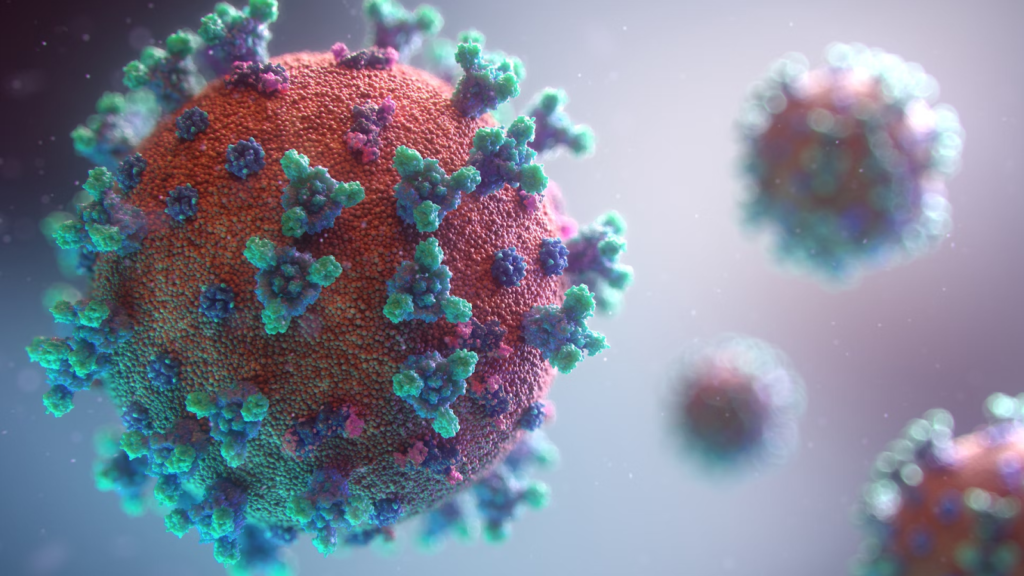
If you’re learning how to become a family nurse practitioner, it might be a good idea to stay on top of new threats like Eastern Equine Encephalitis, or EEE for short. EEE is a rare but extremely deadly condition, and can cause serious ongoing issues even for those lucky enough to survive. While it more commonly infects horses than humans, it’s still a very serious disease that should be understood by public health officials, medical practitioners, and anyone who works with horses and other equines or around bodies of standing water in areas affected by the virus.
What is EEE?

According to the CDC, EEE is a condition caused by the EEE virus, a mosquito-borne pathogen that most often infects horses and birds, but can also infect humans. Like many mosquito-borne diseases, it is normally contracted through exposure to the blood of another infected animal. Roughly 4-5% of EEE virus infections result in EEE, but EEE itself is extremely fatal, with over 1 in three cases resulting in fatality, and nearly all cases of the virus that progress to EEE resulting in some form of lifelong chronic symptoms or disability. EEE is characterized by a fever in excess of 103 degrees Fahrenheit, stiffness in the neck, persistent headaches, and lethargy that becomes progressively worse over time. The incubation period for the virus, or the time in which it grows in the body before expressing symptoms, is undetermined at present due to difficulty in pinpointing the time of infection, but is suspected to be between 4 to 10 days. Those lucky enough to survive a severe bout of full-blown EEE have a roughly 1 in 3 chance of developing neurologic sequelae, a brain condition that can range in severity from mild or intermittent brain dysfunction to severe intellectual impairment, recurring seizures, paralysis, cranial nerve dysfunction, and psychiatric symptoms like personality disorders.
EEE Hotspots

According to Catherine M. Brown, an epidemiologist and veterinarian for the Massachusetts Department of Public Health, “EEE is a rare but serious mosquito-borne disease that occurs in states along the East Coast, the Gulf Coast, and parts of the Upper Midwest.” A representative of the Massachusetts Department of Agricultural Resources. With a reputation for strong public health institutions and widely recognized as the healthiest state in the US, the Massachusetts government has become more vocal than usual on the subject after a recent infection in Worcester County, the first case of human-borne EEE in Massachusetts since 2020. To make matters worse, a local horse in nearby Plymouth also tested positive for the EEE virus recently. In general, the virus is more common in areas near bodies of standing water including lakes, ponds, reservoirs, and swamps.
Can EEE be treated?
The CDC has, to date, not identified any targeted treatment or cure for EEE, although clinical management has been shown to improve outcomes and reduce the likelihood of the onset of EEE in those who contract the virus. Medical practitioners often recommend antiemetics, hydration, and pain management for meningeal symptoms, which include severe headaches, nausea, vomiting, seizures, and even trouble breathing. At the current stage of research, no vaccine has been developed for the EEE virus, but some potential candidates have shown initial promise in early clinical trials. The candidate vaccine also purports to demonstrate protective properties against similar infections including Venezuelan Equine Encephalitis and Western Equine Encephalitis. We can only hope than these trials can bear fruit and produce an effective vaccine to prevent further suffering from such an intense and highly fatal illness.
How to Avoid EEE
Illnesses as dangerous as EEE can only be properly combated with a combination of public health interventions and individual responsibility. While the CDC reports an average of only roughly 200 EEE virus infections and 11 cases of full-blown EEE per year throughout the US, it is such a powerful and fatal condition that extreme precautions are warranted. The community of Plymouth, Massachusetts decided to take extreme precautions: after, Plymouth made the decision to close all municipal parks and fields after dark, and proceeded to conduct an aerial spraying campaign. Worcester County, the site of the infection, also conducted truck-mounted spraying of high risk areas.
In addition to these public health measures, it’s incumbent on individuals in high risk areas to take serious precautions to avoid infection, and to report any suspicious symptoms as quickly as possible to a doctor and public health officials. Appropriate precautions include avoiding outdoor activities in the evening when mosquitoes are most active, staying away from bodies of standing water, wearing full-length pants and long sleeves, and making liberal use of insect repellants including DEET-based sprays, eucalyptus oil, and repellant candles. As long as a vaccine remains unavailable to the public, it’s ultimately up to us to protect ourselves, take precautions, and avoid unnecessary risks.